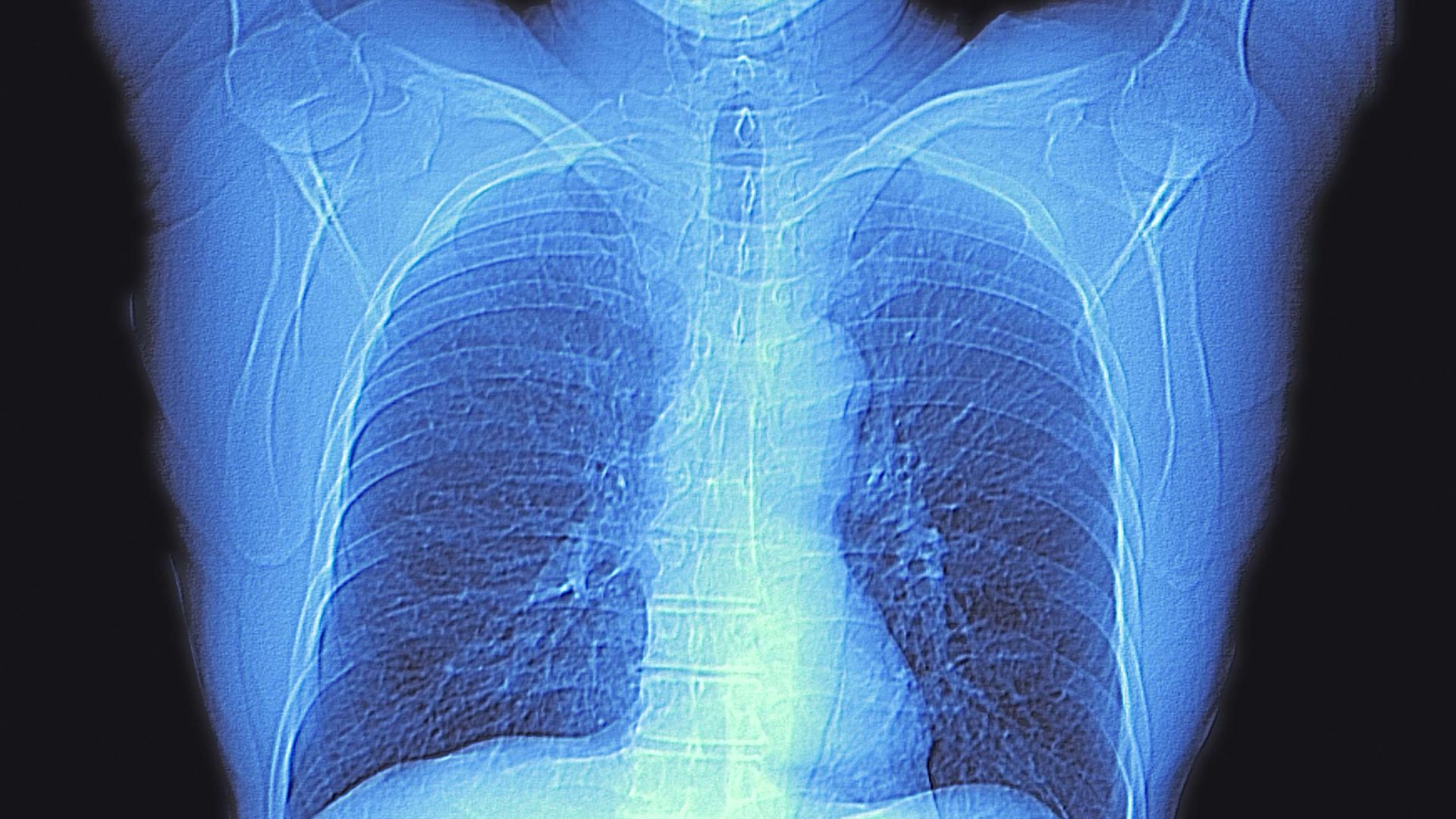To determine the risk for heart attack or death following major surgery, cardiac tests are frequently recommended, causing delays and driving up healthcare costs. Now, investigators at NYU Langone Health report that patients’ existing chest CT scans, captured months earlier and for unrelated reasons, can be used to estimate these risks.
In their study, recently presented at the annual conference of the American College of Cardiology, the researchers report that patients with a greater buildup of calcified plaque as visualized by CT have a higher chance of developing major adverse cardiac events (MACE) following several kinds of surgeries.
Additionally, the team explored whether physicians who had no formal training in imaging could identify coronary calcium well enough on these preexisting tests to make accurate predictions and potentially skip additional cardiac testing.
“Our coronary calcium assessment is easy to use and requires minimal training, and so offers a cost-effective tool that can be implemented in any medical practice.”
Robert M. Donnino, MD
“Our coronary calcium assessment is easy to use and requires minimal training, and so offers a cost-effective tool that can be implemented in any medical practice,” says study co-senior author and cardiologist Robert M. Donnino, MD.
Using Existing Imaging to Predict Risk
For the study, the researchers accessed data from the electronic health record of 2,650 men and women age 45 and older who had surgery unrelated to the heart between January 2016 and September 2020 at NYU Langone inpatient locations.
All the patients whose records were used also had a general CT scan of their chests no more than a year before their surgical operations. Those with death or heart attack during the hospitalization for surgery were then identified.
Next, four members of the team who had no formal training in CT interpretation completed a 90-minute training session in which they learned to estimate coronary calcium severity from the imaging. In the pragmatic scoring system used, plaque buildup in each of the three major coronary arteries was rated on a three-point scale ranging from “absent” to “severe.” The scores were then combined to a final grade ranging from 0 to 9.
“Pragmatic approaches to risk stratification before surgery can potentially improve care.”
Nathaniel R. Smilowitz, MD
According to the results, patients with scores from 0 to 2 had a less than 4 percent risk of MACE; those with scores from 3 to 5 had an 8 percent risk; and those with scores from 6 to 9 had a 13 percent risk. In addition, the calcium estimates were consistent among the physicians, suggesting that the rating system was reliable.
“Pragmatic approaches to risk stratification before surgery can potentially improve care,” says study co-senior author and interventional cardiologist Nathaniel R. Smilowitz, MD. “Future studies will need to go beyond prediction to develop new strategies to prevent and treat adverse cardiac events after surgery.”







